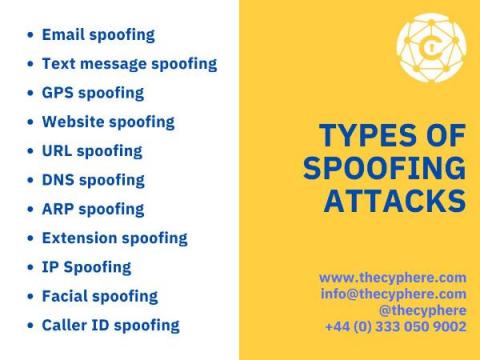Webinar: Outsourced Cybersecurity or In-House? How to Choose the Best Approach for Your Organization
The coronavirus pandemic created new challenges for businesses as they adapt to an operating model in which working from home has become the ‘new normal. In addition, threat actors constantly change their strategies, tools, and techniques. When their attacks become less effective, they look for new weaknesses to expose and move to.











